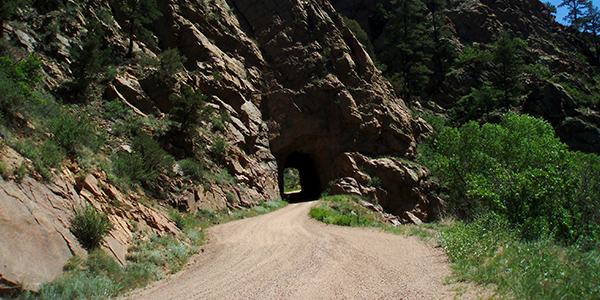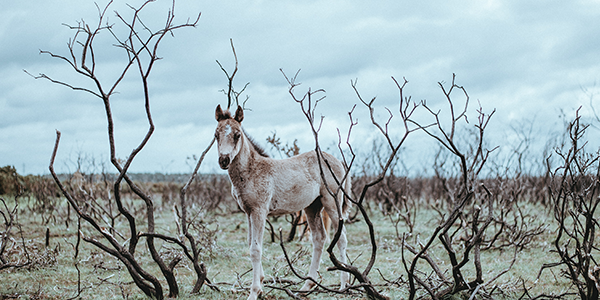If you are preparing for spring with your horses, you’ll want to get your horse trailer in good shape. Winter in Colorado brings snow, which can do damage to your trailer. Melted snow means that you could be dealing with mold, rust, and corrosion. A good cleaning inside and out is important–both for your comfort and for your horse’s safety. Mold is especially something you want to fix right away. It can cause your horses to develop respiratory problems. Continue reading for some tips on how to get your horse trailer ready for spring. Also, if you are looking for a horse property for sale in Colorado, contact Colorado Horse Property today and speak with one of our horse-person realtors.
Your Horse Trailer & Preparing For Spring
Start with making sure that your trailer is still waterproof. Leaks can come from doors, windows, body joints, roof vents, and rivets. Also, check the electrical plugs on both the truck and trailer. If there is any corrosion around the plugs, they need to be cleaned up before the trailer is used. Any horse owner worth their salt will tell to use a contact cleaner instead of WD-40. Not only is the contact cleaner cheaper, it removes the corrosion instead of just covering it up. Now that the inside of your horse trailer is clean, turn your attention to the tires.
Just like in your car, the tire pressure of your horse trailer should be well balanced. Tires can typically lose anywhere from 3 to 5 PSI per month. This is due to minor bead imperfections, porosity, and other small compromises. The longer a horse trailer is sitting unused, the more tire pressure it will use. During the rough Colorado winter, this is unavoidable. Therefore, before using your horse trailer, make sure all tires are inflated correctly, including the spare. Also, take time to inspect the sidewalls, particularly if the unit has been parked in a damp environment.





